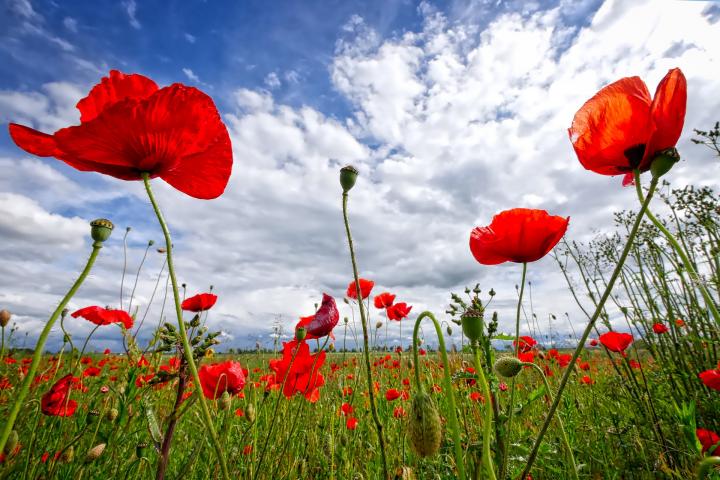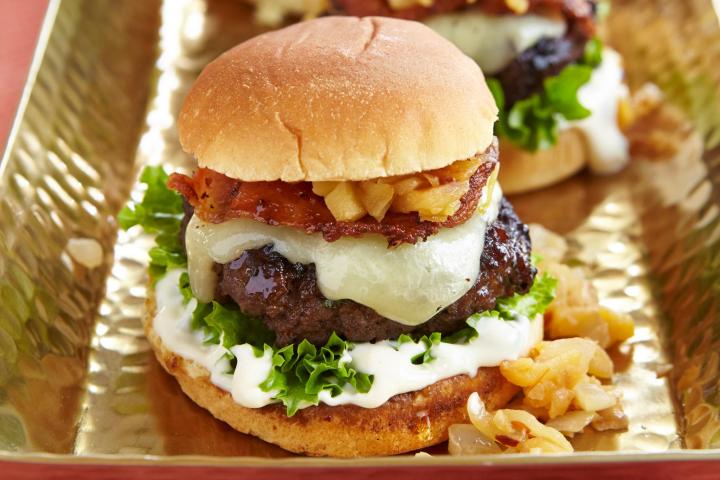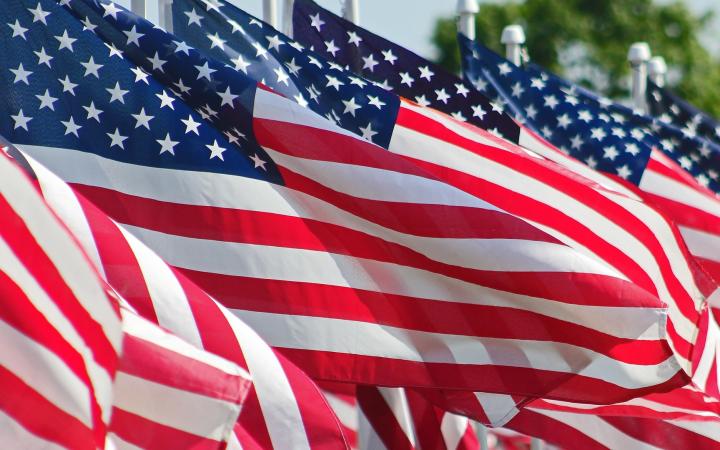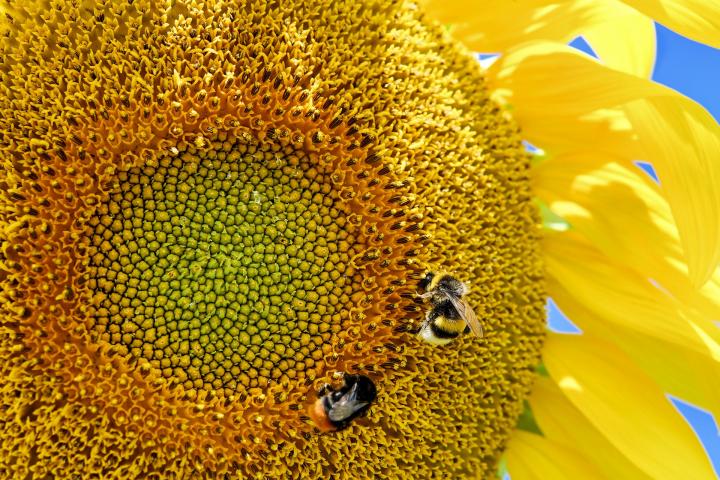School Notice
No class will be held on May 31st in observance of Memorial Day. All school offices are closed.
MEMORIAL DAY 2021

Memorial Day is Monday, May 31! Learn all about Memorial Day, including the true meaning of this day, how it differs from Veterans Day, and why the red poppy is a traditional symbol—with unexpected origins.
WHEN IS MEMORIAL DAY 2021?
This U.S. federal holiday is observed on the last Monday of May to honor the men and women who have died while serving in the military.
In 2021, Memorial Day will be observed on Monday, May 31.
| Year | Memorial Day |
|---|---|
| 2021 | Monday, May 31 |
| 2022 | Monday, May 30 |
| 2023 | Monday, May 29 |
| 2024 | Monday, May 27 |
WHAT’S THE DIFFERENCE BETWEEN MEMORIAL DAY AND VETERANS DAY?
On both Memorial Day and Veterans Day, it’s customary to spend time remembering and honoring the countless veterans who have served the United States throughout the country’s history. However, there is a distinction between the two holidays:
- Memorial Day commemorates the men and women who died while in the military service of their country, particularly those who died in battle or as a result of wounds sustained in battle. In other words, the purpose of Memorial Day is to memorialize the veterans who made the ultimate sacrifice for their country. We spend time remembering those who lost their lives and could not come home, reflecting on their service and why we have the luxury and freedom that we enjoy today. We might consider how we can support and safeguard their grieving families and loved ones who are left behind.
- Veterans Day is the day set aside to thank and honor ALL who served—in wartime or peacetime—regardless of whether they died or survived. Veterans Day is always observed officially on November 11, regardless of the day of the week on which it falls. Read more about Veterans Day.
Remember: Raise the flag with honor and respect! See guidelines for flying the American Flag.
MEMORIAL DAY FACTS AND HISTORY
Traditionally, on Memorial Day (U.S.), people visit cemeteries and memorials, and volunteers often place American flags on each grave site at national cemeteries. A national moment of remembrance takes place at 3:00 p.m. local time.
The custom of honoring ancestors by cleaning cemeteries and decorating graves is an ancient and worldwide tradition, but the specific origin of Memorial Day—or Decoration Day, as it was first known—is unclear.
In early rural America, this duty was usually performed in late summer and was an occasion for family reunions and picnics. After the Civil War, America’s need for a secular, patriotic ceremony to honor its military dead became prominent, as monuments to fallen soldiers were erected and dedicated, and ceremonies centering on the decoration of soldiers’ graves were held in towns and cities throughout the nation.
After World War I, the day expanded to honor those who have died in all American wars.
A Lasting Legacy
No less than 25 places have been named in connection with the origin of Memorial Day, and states observed the holiday on different dates. In 1971, Memorial Day became a national holiday by an act of Congress; it is now celebrated annually on the last Monday in May.
Since it all started with the Civil War, you might want to brush up on your knowledge of this event by visiting the Library of Congress Civil War collection, which includes more than a thousand photographs from the time.
WHY IS THE POPPY A SYMBOL OF MEMORIAL DAY?

In the war-torn battlefields of Europe, the common red field poppy (Papaver rhoeas) was one of the first plants to reappear. Its seeds scattered in the wind and sat dormant in the ground, only germinating when the ground was disturbed—as it was by the very brutal fighting of World War 1.
John McCrae, a Canadian soldier and physician, witnessed the war first hand and was inspired to write the now-famous poem “In Flanders Fields” in 1915. (See below for the poem.) He saw the poppies scattered throughout the battlefield surrounding his artillery position in Belgium.
The Poppy Lady
In November 1918, days before the official end of the war, an American professor named Moina Michael wrote her own poem, “We Shall Keep the Faith,” which was inspired by McCrae’s “In Flanders Fields.” In her poem (also shown below), she mentioned wearing the “poppy red” to honor the dead, and with that, the tradition of adorning one’s clothing with a single red poppy in remembrance of those killed in the Great War was born. Moina herself came to be known—and honored—as “The Poppy Lady.”
The Symbol Spreads Abroad
The wearing of the poppy was traditionally done on Memorial Day in the United States, but the symbolism has evolved to encompass all veterans living and deceased, so poppies may be worn on Veterans Day as well. Not long after the custom began, it was adopted by other Allied nations, including Canada, Australia, New Zealand, and the United Kingdom, where it is still popular today. In these countries, the poppy is worn on Remembrance Day (November 11).
Today, poppies are not only a symbol of loss of life, but also of recovery and new life, especially in support of the servicemen who survived the war but suffered from physical and psychological injuries long after it ended.
Read the text of both poems below, and learn more about the inspiration for the poppy here.
“In Flanders Fields”
by John McCrae, May 1915
In Flanders fields the poppies blow
Between the crosses, row on row,
That mark our place; and in the sky
The larks, still bravely singing, fly
Scarce heard amid the guns below.
We are the Dead. Short days ago
We lived, felt dawn, saw sunset glow,
Loved and were loved, and now we lie
In Flanders fields.
Take up our quarrel with the foe:
To you from failing hands we throw
The torch; be yours to hold it high.
If ye break faith with us who die
We shall not sleep, though poppies grow
In Flanders fields.
“We Shall Keep the Faith”
by Moina Michael, November 1918
Oh! you who sleep in Flanders Fields,
Sleep sweet – to rise anew!
We caught the torch you threw
And holding high, we keep the Faith
With All who died.
We cherish, too, the poppy red
That grows on fields where valor led;
It seems to signal to the skies
That blood of heroes never dies,
But lends a lustre to the red
Of the flower that blooms above the dead
In Flanders Fields.
And now the Torch and Poppy Red
We wear in honor of our dead.
Fear not that ye have died for naught;
We’ll teach the lesson that ye wrought
In Flanders Fields.
MEMORIAL DAY WEEKEND: THE UNOFFICIAL START OF SUMMER
Memorial Day tends to mark the unofficial start of summer for many Americans (though the season really begins with the Summer Solstice in June).
The Best Times to Travel
According to AAA, nearly 43 million Americans are expected to hit the road this Memorial Day weekend for their first vacation of season—about 1.5 million more travelers than last year and the highest amount since 2005.
If you’re looking to get outdoors this weekend, AAA suggests the worst time to travel is late afternoons of both Thursday and Friday (4:45-6:00 PM). Commuters and vacationers will be getting a head start on the three-day holiday weekend.
In metropolitan areas such as New York, Boston, Atlanta, and the nation’s capital, expect congestion to be two to three times greater than usual at peak times during the weekend.
Overall, the best time to travel will be just after the morning commute or after the evening commute, when most people will either be at work or already settled at their destination. So, plan accordingly!
MEMORIAL DAY RECIPES

Super Summer Burger. Photo by Becky Luigart-Stayner.
On Memorial Day weekend, we also enjoy the extra time spent with family and friends, sharing a meal.
If you’re planning a backyard barbecue or a picnic, here are some of our favorite meals to feed a crowd:
- Make Picnic Scalloped Potatoes ahead and bring along to the picnic.
- Super Summer Burgers are always a hit!
- If you want something with a kick, try easy-to-prepare Spicy Grilled Beef and Black-Bean Salsa.
- Everyone will love our favorite summer salad.
- Lemon Sugar Cookies are easy to transport and the perfect ending to a picnic.
Find more recipes on our Picnic Food Recipes and Easy Grilling Recipes pages.
THANK YOU TO THE FALLEN.
From everyone here at The Old Farmer’s Almanac, we would like say thank you to those men and women who paid the ultimate price. We will always remember the sacrifices of our nation’s heroes. We are deeply grateful.
In remembering the fallen, we also honor their loved ones: spouses, fathers, mothers, sons, daughters, sisters, brothers, friends. There really aren’t proper words, but we do live in gratitude each and every day for the precious gift that they have given to us.
How do you honor the memory of veterans on Memorial Day?




